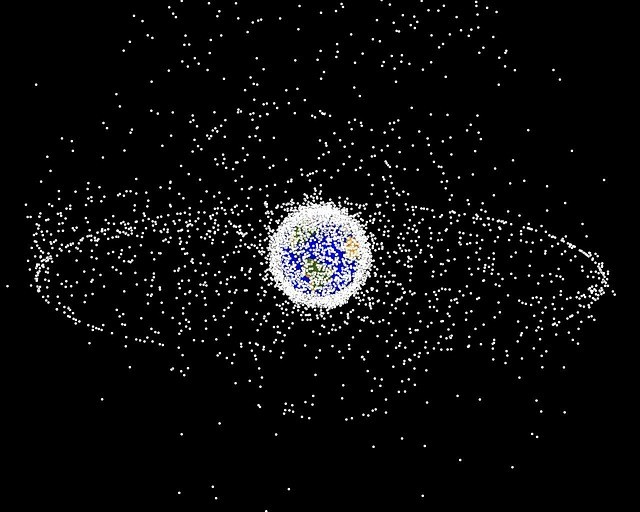The growing problem of space junk in low Earth orbit from defunct satellites abandoned spacecraft, and in-orbit collisions is a major concern as it poses threats.
The European Space Agency (ESA) said that the miniaturization of satellite technology and an increase in the deployment of commercial constellations has increased space traffic since 2015 and this also contributed to the increase in collisions and destructions.

Engineering Projects to Remove Space Junk
Their 2022 Space Environment Report suggests that collisions among space debris will lead to further growth in space junk. But there are now efforts to remove them from orbit. Here are three of the most intriguing engineering projects according to the Institution of Mechanical Engineers:
Astroscale's Magnetic Capture
Japan-based private orbital debris removal company Astroscale demonstrated on August 25, 2021, their Elsa-d 'servicer' spacecraft's capability of capturing space junk. Using the capture mechanism attached to the servicer, it captures the simulated piece of space debris floating freely in orbit.
As the spacecraft made contact with the space debris, the two were locked together with a magnetic grapple and will descend together to burn up in the atmosphere. Astroscale hopes that its upcoming Elsa-M spacecraft will be able to capture space debris and push multiple pieces toward Earth on each mission.
Electrodynamic Space Tether
The aim of the E.T.Pack-Fly consortium by the University Carlos III of Madrid (UC3M) is for satellites to efficiently deorbits themselves without fuel.
This project, funded by the European Innovation Council, uses an electrodynamic space tether that consists of 2cm wide and 2km long aluminum tape designed to use the plasma and geomagnetic field around the planet to generate electric current. It results in a force called Lorentz drag that will deorbit the satellite.
The tether stabilizes the orientation of the debris and controls its deorbiting to avoid a collision with other objects. The project will start this month and is expected to launch in 2025.
Lithium-ion Battery Deorbiter
Dr. Joseph Nemanick, a senior research scientist in the Aerospace Corporation's energy technology department, said that the Lithium-ion Battery Deorbiter is designed to activate thermal runaway in a controlled manner.
That means it channels red-hot gases through a nozzle to generate thrust, which they call the first "zero-added-mass onboard spacecraft technology." The team says that the estimated thrust could reduce 55% of the residual orbital time for small satellites in the orbit.
Rising Population of Space Debris Increases Danger to All Spacecraft
According to NASA, there are now more than 27,000 pieces of space junk being tracked by the sensors of the global Space Surveillance Network (SSN) under the Department of Defense.
They are tracking small debris, which is large enough to affect human spaceflight and robotic missions, in low Earth orbit. Both space junk and spacecraft approximately travel at extremely high speeds of up to 15,700 mph in low Earth orbit, so an impact of even a tiny piece could create big problems.
The rising number of space junk increases the danger to all spacecraft, such as the International Space Station (ISS)), and even SpaceX's Crew Dragon with humans onboard.
NASA takes the problem of space junk seriously and has set some guidelines on how to deal with the possible collision of space debris, which specifies when the expected proximity of a piece of debris increases the chance of hitting the spacecraft and other precautions to ensure the safety of the crew.
RELATED ARTICLE: Space Debris the Size of an Eraser at the End of a Pencil Travelling at 15,000MPH Created an Enormous Crater
Check out more news and information on Space Junk in Science Times.










